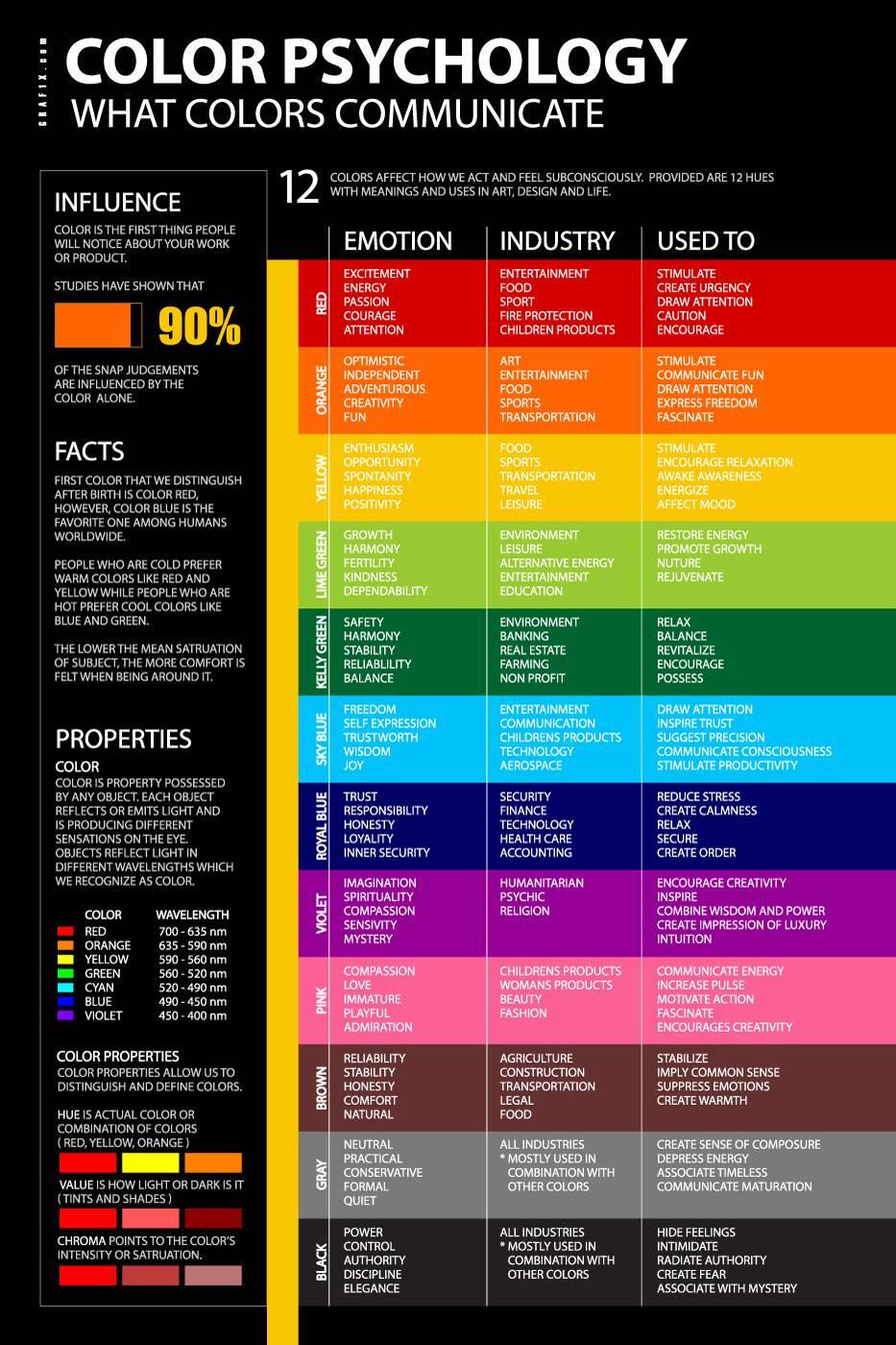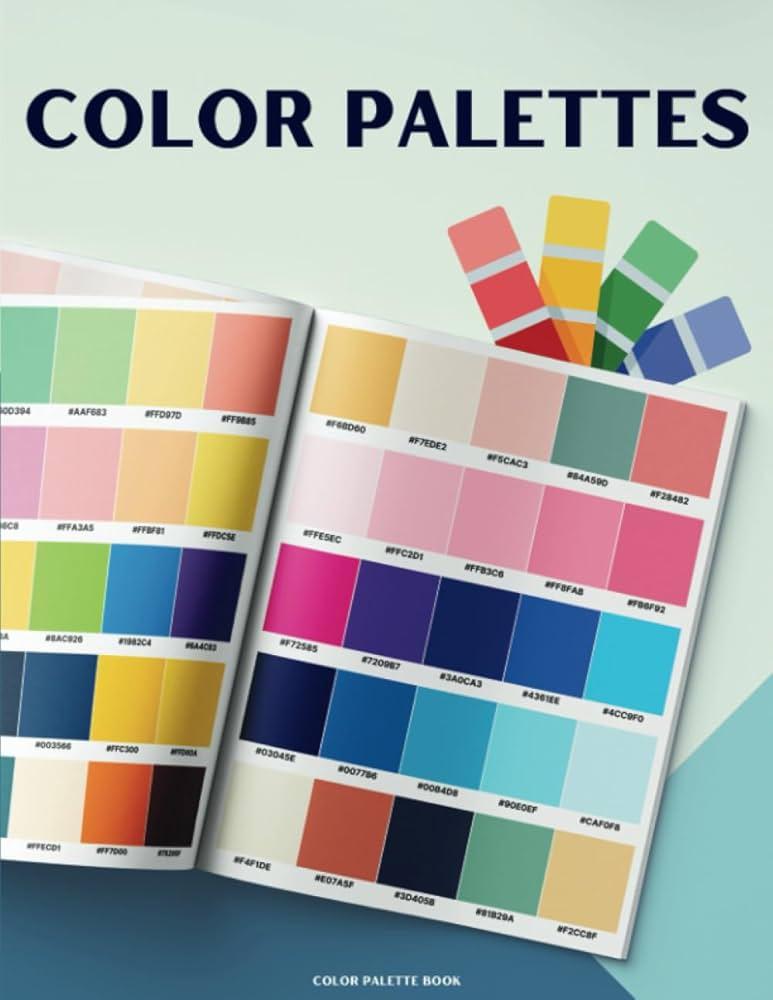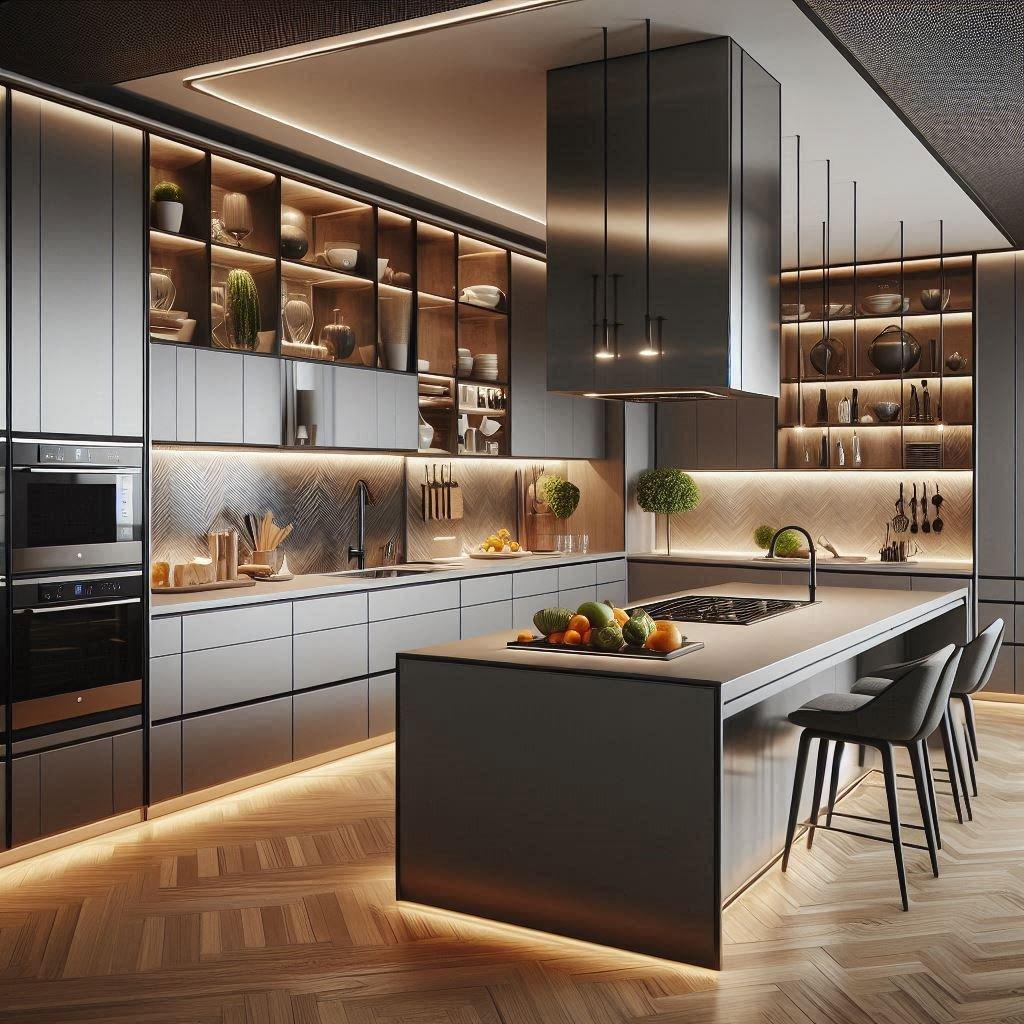When it comes to kitchen design, color is not merely an aesthetic choice; it serves as the foundation upon which the entire atmosphere and functionality of the space are built. The right colors can transform an ordinary kitchen into a vibrant gathering place, while the wrong selections may lead to a disjointed and uninviting environment. In this essential guide, we will explore the intricate relationship between color psychology, space, and personal style, offering practical strategies to help you select the perfect palette for your kitchen. From understanding how different hues interact with light to the impact of color on mood and perception, this comprehensive resource will equip you with the knowledge needed to create a harmonious and welcoming kitchen that reflects your unique taste. Whether you’re embarking on a complete remodel or simply looking to refresh your existing space, the insights provided here will ensure that your color choices elevate the heart of your home to new heights.
Table of Contents
- Understanding Color Psychology in Kitchen Design
- Choosing a Color Palette that Enhances Space and Light
- Balancing Bold and Neutral Tones for Visual Appeal
- Practical Tips for Coordinating Cabinets, Walls, and Accents
- Future Outlook
Understanding Color Psychology in Kitchen Design

Color plays a pivotal role in shaping our emotions and behaviors, making it a critical element in kitchen design. When you think of the kitchen as a hub of creativity and nourishment, the right color palette can enhance your culinary experiences. Warm colors like reds, oranges, and yellows can stimulate appetite and foster energy, ideal for vibrant breakfast nooks. Conversely, cool colors such as blues, greens, and purples evoke calmness and tranquility, which can be soothing after a long day. Consider the activities that will predominantly take place in your kitchen, whether it’s kitchen parties or quiet family dinners, and choose colors that will set the right mood for those experiences.
Beyond personal preference, understanding color psychology can help you create a balanced environment. Here are some insights into how specific colors can influence your kitchen space:
- Yellow: Invokes happiness and optimism; perfect for lively atmospheres.
- Blue: Suggests trust and reliability; ideal for modern designs.
- Green: Represents freshness and balance; encourages connection with nature.
- Red: Enhances energy and excitement; can be used as an accent to stimulate social interaction.
To assist in selecting the most suitable colors for your kitchen, consider the following table, summarizing the psychological effects of various colors:
| Color | Psychological Effect | Ideal Use |
|---|---|---|
| Yellow | Happiness and warmth | Accent walls or decor |
| Blue | Calm and relaxation | Main cabinetry or fixtures |
| Green | Freshness and balance | Wall paint or plants |
| Red | Energy and stimulation | Accent pieces or small appliances |
Choosing a Color Palette that Enhances Space and Light

When selecting a color palette for your kitchen, it’s essential to consider how different shades interact with both space and light. A well-chosen color scheme can create an inviting atmosphere and enhance the perceived size of the room. Opting for lighter colors such as soft whites, pale blues, or muted greens can reflect natural light, making the space feel more open and airy. On the other hand, darker hues can be used strategically; for instance, deep navy or charcoal can ground the space, adding depth, especially if complemented with lighter cabinetry or countertops.
To achieve a harmonious look, consider these key elements when forming your palette:
- Contrast: Balance light and dark tones for visual interest.
- Accent Colors: Select one or two vibrant shades to add pops of color.
- Texture: Incorporate materials like wood or metal that can influence how color appears.
It’s also helpful to create a color scheme table to visualize your choices and their influences on the overall space:
| Color | Effect | Ideal Use |
|---|---|---|
| Soft White | Enhances light | Walls and ceilings |
| Pale Blue | Calming effect | Cabinetry or backsplash |
| Deep Navy | Adds elegance | Accent wall or island |
| Burnt Orange | Pops of warmth | Decor or accessories |
Balancing Bold and Neutral Tones for Visual Appeal
Creating a visually appealing kitchen involves striking the right balance between bold and neutral tones. Bold colors can bring energy and personality into the space, while neutral hues provide a soothing backdrop that keeps the design grounded. When using bold shades, consider applying them selectively to create focal points without overwhelming the room. This could include bright cabinetry, a statement backsplash, or decorative accessories like vibrant wall art or colorful utensils. Conversely, incorporating neutral tones in larger areas, such as walls, countertops, and flooring, can help unify bold accents and create a harmonious flow within the kitchen.
The following factors can guide your color selection to find the perfect balance:
- Contrast: Pair light neutrals with darker bold shades for visual drama.
- Similarity: Use colors from the same family, such as warm reds with soft tan, for a cohesive look.
- Texture: Incorporate different textures and finishes to add depth without relying purely on color.
- Natural Light: Assess how light interacts with your chosen colors throughout the day.
To illustrate this balance, consider the table below that outlines suggested combinations of bold and neutral tones:
| Bold Tone | Complementary Neutral | Effect |
|---|---|---|
| Crimson Red | Soft Beige | Invigorating and warm |
| Deep Navy | Light Gray | Modern and sophisticated |
| Emerald Green | Warm Cream | Fresh and inviting |
| Vibrant Yellow | Calming White | Bright and airy |
Practical Tips for Coordinating Cabinets, Walls, and Accents
Coordinating the color of your cabinets, walls, and accents is key to achieving a harmonious kitchen design. To create a cohesive look, consider using a color palette that includes a dominant hue for the cabinets, a complementary shade for the walls, and accent colors to tie everything together. Here are some practical tips to help you make the right choices:
- Select a neutral base for your cabinets, which allows for flexibility in wall and accent colors.
- Utilize color swatches to see how different shades interact with the natural light in your kitchen.
- Incorporate textural elements such as wood or metal to add visual interest without overwhelming color choices.
When planning your kitchen design, it’s also beneficial to consider the color wheel to identify relationships between colors. For example, using analogous colors (those next to each other on the wheel) creates a serene and comfortable feeling, while complementary colors (opposite each other) add vibrancy and energy. A simple table can help visualize your options:
| Color Type | Examples | Effect |
|---|---|---|
| Analogous | Blue, Turquoise, Green | Calming and cohesive |
| Complementary | Red, Green | Dynamic and vibrant |
| Monochromatic | Various Shades of Gray | Sophisticated and modern |
Future Outlook
selecting the right colors for your kitchen design is a vital step that influences not only the aesthetic appeal of the space but also its functionality and mood. This essential guide has outlined the foundational principles of color theory, the psychological effects of various hues, and the importance of harmonizing color palettes with your kitchen’s architectural elements and personal style. By considering factors such as lighting, cabinetry, and countertop materials, you can create a cohesive and inviting atmosphere that reflects your vision.
As you embark on this colorful journey, remember that the kitchen is often the heart of the home—where family and friends gather, meals are shared, and memories are created. Embrace the opportunity to experiment with color, mixing tones and textures to achieve a vibrant yet practical design. Whether you prefer a bold statement or a subtle backdrop, the colors you select will serve as the backdrop to countless cherished moments.
Ultimately, choosing the right colors is about more than aesthetics—it’s about creating a space that inspires culinary creativity and feels welcoming for all who enter. Armed with the knowledge from this guide, you are now equipped to make informed decisions, turning your kitchen into a harmonious blend of functionality and beauty.



